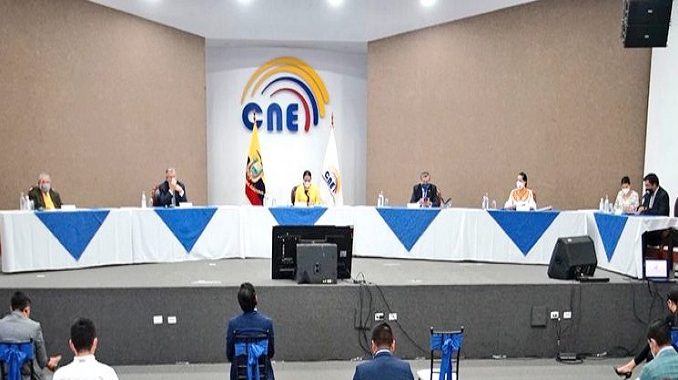
It will cost more than USD 9.5 million to update the technological systems of the National Electoral Council (CNE, with a view to counting the votes of the 2021 general elections).
The renewal of the computer systems depends on the allocation of this item by the Ministry of Finance, which in recent days decided to reduce USD31.3 million from the Electoral Operating Budget (POE), which means that of the USD114.3 million approved by the CNE to organize the electoral process, the Government reconsidered it and lowered it to USD83 million, although this has not been approved by the Plenary.
The electoral body, on October 23, unanimously approved the reforms to the Information and Communication Technologies Plan (Petic) and established two deadlines to verify the progress in the operation of the Computerized Counting and Results System (SIER) and of the Electoral System for the Transmission and Publication of Minutes and Results (Setpar). On November 30 and December 30 they will verify the first advances, so that on January 31, 2021 they will be working at 100%.
The first drill will take place on January 17, when tests will be carried out to determine the load, unload and stress support of the system, in order to optimize the servers. For this, two options have been proposed, which will depend on the allocation of the economic amounts.
Having the equipment until December 28 and getting them ready a week before the first drill is the first option, contemplated in the plan, which considers having 35 servers, 25 of which will be sent to the provinces and 25 will be old as backup to any contingency.
The ten remaining teams will remain in the parent CNE, so that they can protect the information for the next seven years, and comply with one of the recommendations of the State Comptroller’s Office, regarding the audit of their scrutiny systems.
The equipment they currently have stopped being marketed in 2016 and they have technical support and spare parts for five years, which will be fulfilled in 2021, according to the internal diagnosis, to which it is added that they have five softwares or operating systems that do not have with the manufacturer’s brackets.
The second option is to use the current infrastructure and send 50 servers to the provinces, changing their power sources, fans and hard drives to guarantee their operation, in case resources are not allocated. Among the eleven reforms that were made to this plan, is to design an improvement architecture so that citizens can observe the electoral results in real time, with the publication on the website, through Facebook Live and mobile applications available for Android and IOS.
The CNE recognizes that they face operational shortcomings, such as not having an alternate data center, because the main center that is in its headquarters was implemented in 2013 and has been in operation for eight years, despite the proposed technological innovations.
The need for this data center is justified by the increase in internet traffic, by users who want to know the results, and because internet services and links are not enough to meet the requirements of the electoral process. The data reveals that in the general elections of 2017, user traffic reached 1’431.916; in the popular consultation of 2018 it was 671,486; and, in the 2019 sectional elections, it reached 5’690.517.
For the February 7 voting, it is expected that the number of users who enter their systems will increase considerably. The Council aspires to fulfill ten innovation projects for its platforms, for which a budget of USD 8,047,875 is required, according to the approved plan.
According to the counselors Enrique Pita and Luis Verdesoto, although they approved the Petic update, they observed that the cost increased from $ 6,400,000 (exposed in a first plan) to $ 9’561,624, without justification.

Be the first to comment